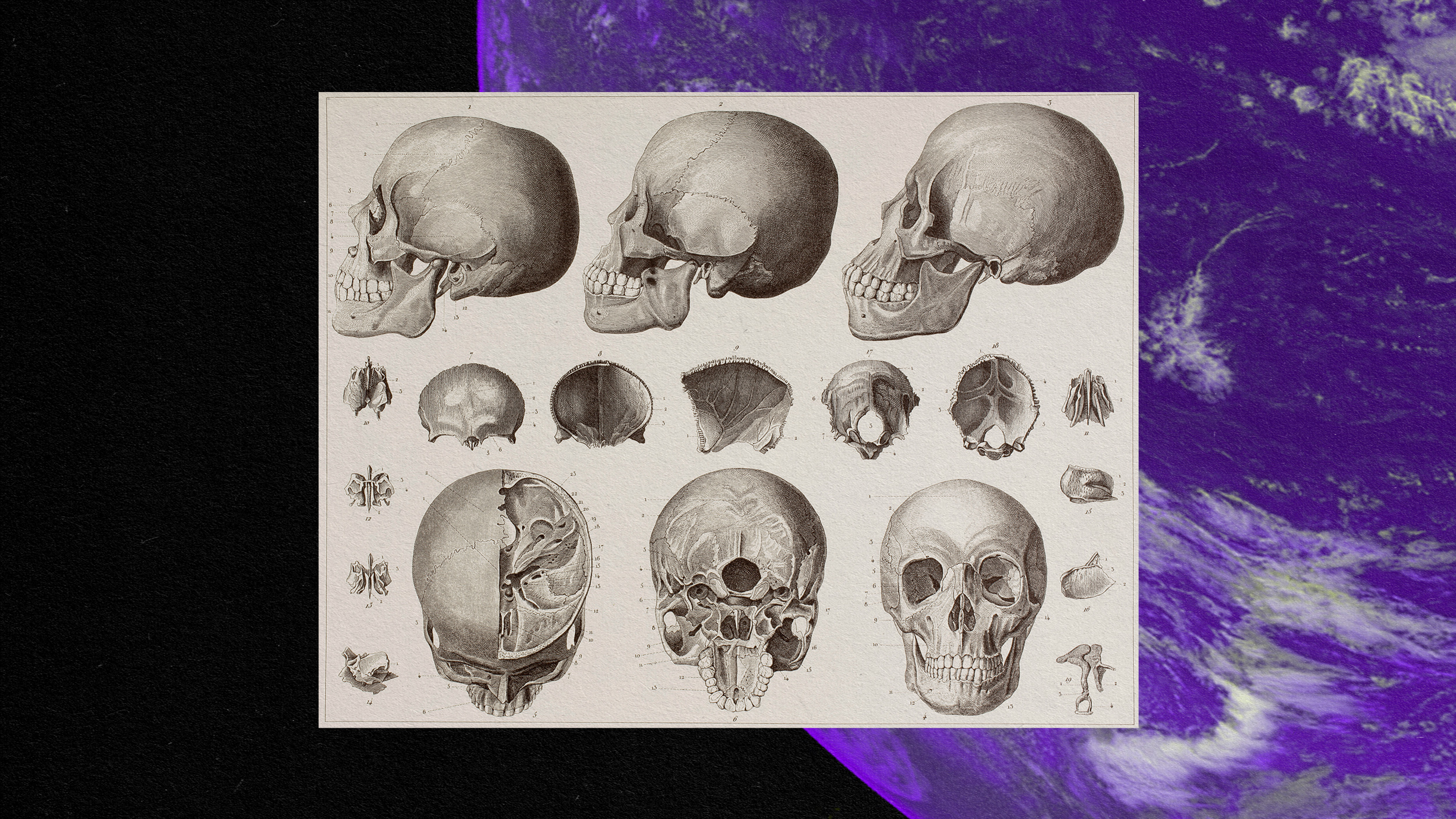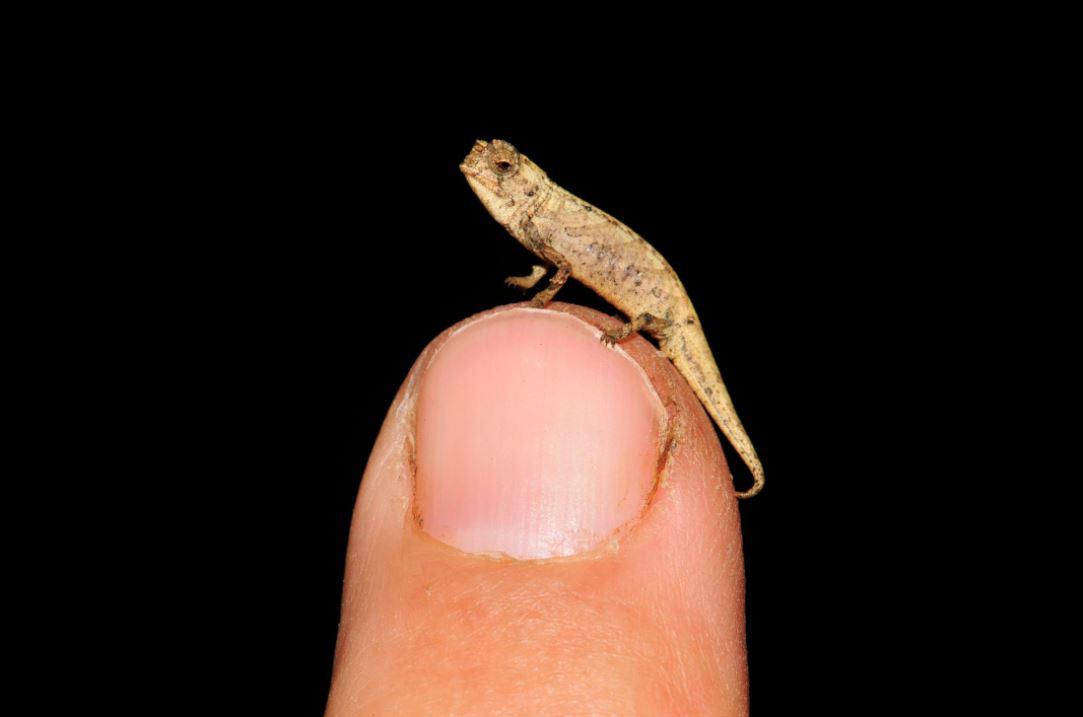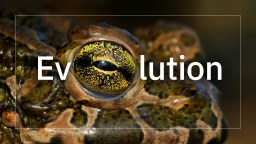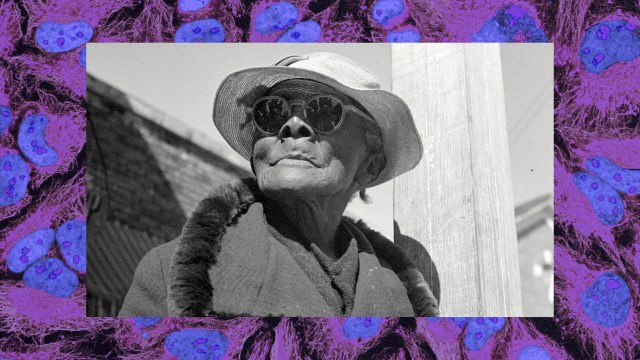The Great Chain of Being: The evolutionary misconception that just won’t go extinct
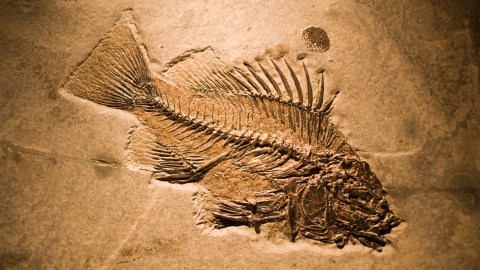
- Since Aristotle, people have viewed life as existing in a hierarchy of species called the Great Chain of Being.
- That misconception continues to paint people’s view of evolution, such as believing chimps are a “primitive” antecedent of humans or that fish are an evolutionary step below frogs.
- However, all species share a common lineage with all other life on Earth, a truth best represented by a web of life.
Let’s begin, as so many things do, with Aristotle. His view of life was a hierarchy called “The Ladder of Life” (or Scala Naturae in Latin). He set inanimate life at the bottom and humans at the top of the ladder (angels and gods and such would be added later by others as the ladder transformed into the “Great Chain of Being”).
Aristotle’s work was the most important influence on the West’s understanding of the natural world for more than 1,000 years, and the Ladder of Life/Great Chain of Being metaphor is still how many people understand (or rather misunderstand) evolution — that is, as a linear process with bacteria and plants at the bottom as “primitive” and a straight line from fish → amphibians → reptiles → mammals and then humans as a distinct category at the top.
The problem with that antiquated, single-file view of how life is organized is that it makes you think of life as evolving in a straight line. Even people who accept evolution can get things wrong by taking this linear view. They see all other living things besides us as subordinate precursors leading to humans. They see chimpanzees as a step before humans as if we evolved directly from them. With that view, they see chimps and other apes as “primitive” antecedents of humans, which they are not. They also see a fish as a step before a frog, and a frog as a step before an alligator or some other reptile.
Linear thinking can result not only in a very poor understanding of evolution but also in a distorted sense of ourselves, especially when we push this thinking to include socially constructed views of human races and genders.
In his bestselling, overtly macho self-help book 12 Rules for Life, Jordan B. Peterson argues in “Rule 1” that you should “Stand up straight with your shoulders back,” building his argument based on the mistaken notion that our ancient shared ancestry with lobsters means we should somehow maintain certain shared innate behaviors with them. Peterson explains how lobsters that are the victors of battles have upright postures: Only losers slouch. Okay, I suppose slouching is bad, but we are not lobsters, nor did we evolve from them. We do share a common ancestor with them, however, we share common ancestors with all living things on Earth, and one of those ancestors gave us some common hormones like serotonin (which we have in common with many other multicellular life forms — pineapples have serotonin, for instance).
We did not receive our behavioral traits from some lobster ancestor, as implied by Peterson. And why cherry-pick behaviors anyway? Why not fixate on how some species of lobsters form “Conga lines,” marching in long, single-file migrations. Apparently, that part of lobster behavior isn’t something he thought relevant to the modern-male human condition.
In the same book, Peterson argues that human sexuality and gender are essentially fixed because sex and distinct sexes were invented millions of years ago, and that the mother/father-child relationship is the oldest in our evolutionary history. But if you look closer at that evolutionary history or throughout the Tree of Life, asexual reproduction is certainly the oldest form of reproduction (many bacteria and archaea are clonal). There are also all-female species (like Amazon mollies, Poecilia formosa), multisex/intersex/no-sex species (as in many fungi that have “mating types” or slime molds that have hundreds of “sexes”), species that change sex (many fish species), and, indeed, there are species that reproduce without needing to find a mate (again, asexual reproduction) in every phylum of the animal kingdom. You could certainly argue for a variety of sexualities being “age-old.”
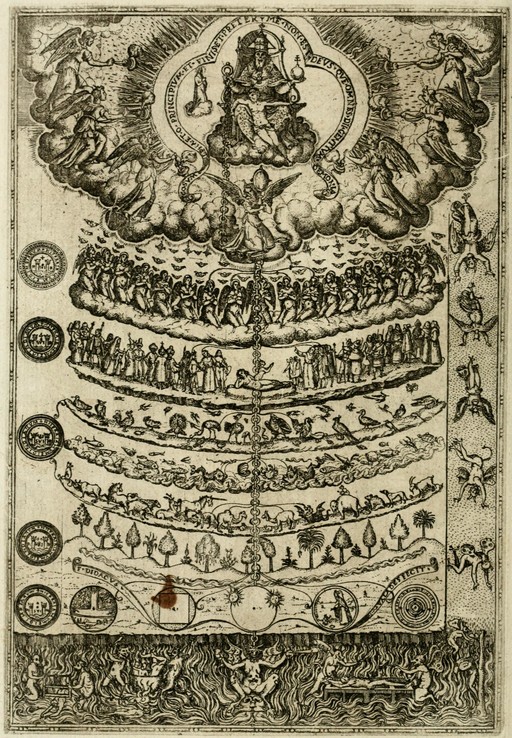
The misguided linear view of life — this false hierarchy — led some people to argue that white men are at the top of the evolutionary ladder, a convenient argument to enslave people of “lesser” races or to keep the womenfolk at home barefoot and pregnant. But this kind of thinking is insidious and, in its worst form, leads to racism, classism, sexism, transphobia, homophobia, and all manner of pernicious prejudices.
To be fair, for a long time most Tree of Life illustrations (many by well-meaning people) almost always picked an image of an old white guy to represent all of humanity — “man” — on the branch that represents humans, even though a child, a woman, or Jackie Chan could also have been picked to represent “man.” Nothing against old white men, but representation matters; seeing a member of the same subgroup of humans represented as the ideal human on nearly every evolutionary tree is damaging, and evolutionary biologists need to do better.
We also tend to draw these trees with single-celled or “primitive” living things on the left, and humans on the right, which again gives the impression that evolution is linear; but because the descendants from the same node are “sister lineages” that can be flipped, you can also draw the tree with humans in the middle without any of the relationships depicted changing.
Many people revert to the mistaken linear view because it is easy to organize the evolution of life with us humans at the end and everything else behind us.
Prosanta Chakrabarty
Let’s go back to Aristotle’s hierarchy. Most people today don’t think of humans as having evolved from plants or fungi, so those who conceptualize evolution see that there was at least some distinct branching off from different forms of life. We often visualize the evolution of life as a branching tree, as in the Tree of Life, but there are other ways of visualizing it. Many people revert to the mistaken linear view because it is easy to organize the evolution of life with us humans at the end and everything else behind us.
But it would be much more accurate if we visualized the evolution of life as a bush or bursting firecracker, expanding from a center. The living things around us are part of a process that started billions of years ago, with every living thing alive today nearly equidistant from a center point.
Think of the origin of life as the “Big Birth,” like the Big Bang that formed our universe, except with life radiating out from that center (first living thing, or last common ancestor of all living things), and with us and every other living species on the outer edge. The fossil forms from millions and billions of years ago are closer to that center; they are long extinct, as are many other forms of life from the past that have left no trace. Just like a fading firework in the sky, when the center has burst and faded into darkness, all that remains are the flaming edges expanding outward: These are the forms of life we see living today, and it is just a little snapshot of the evolutionary history of life.
